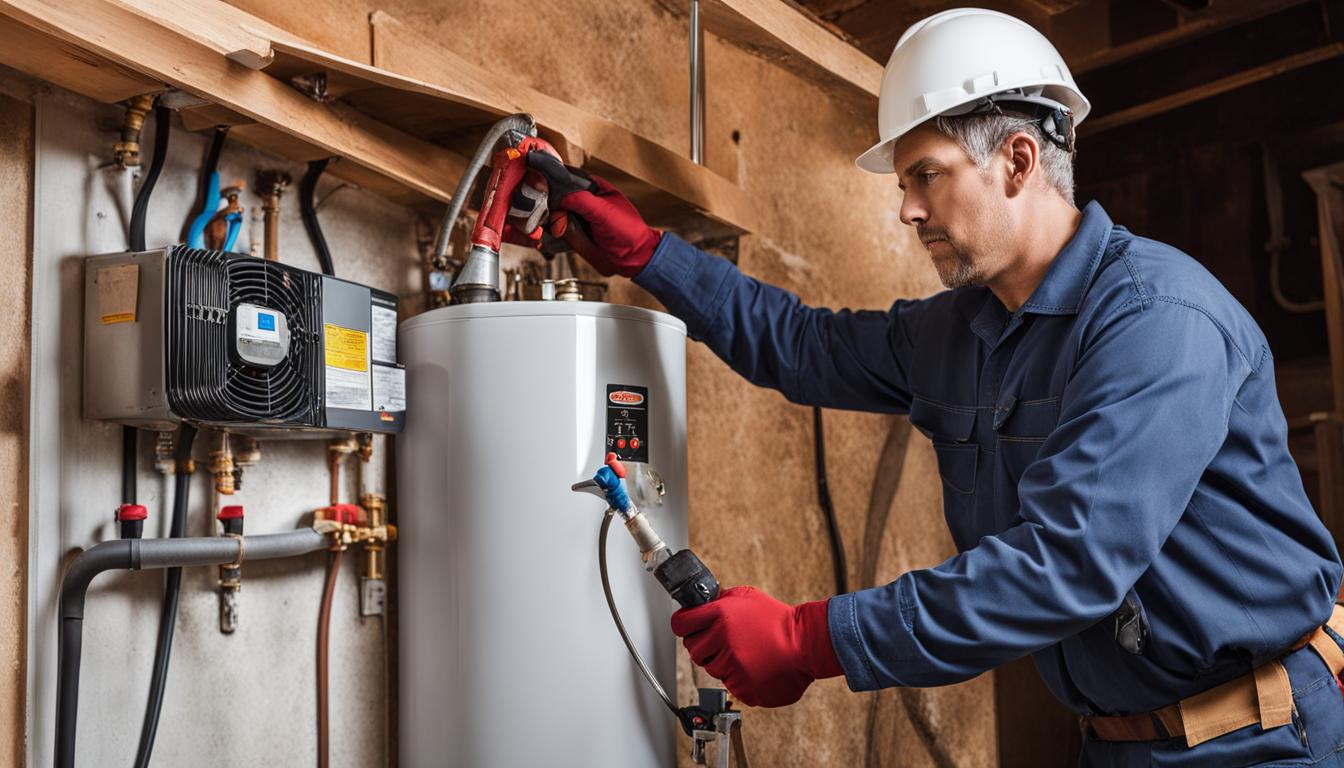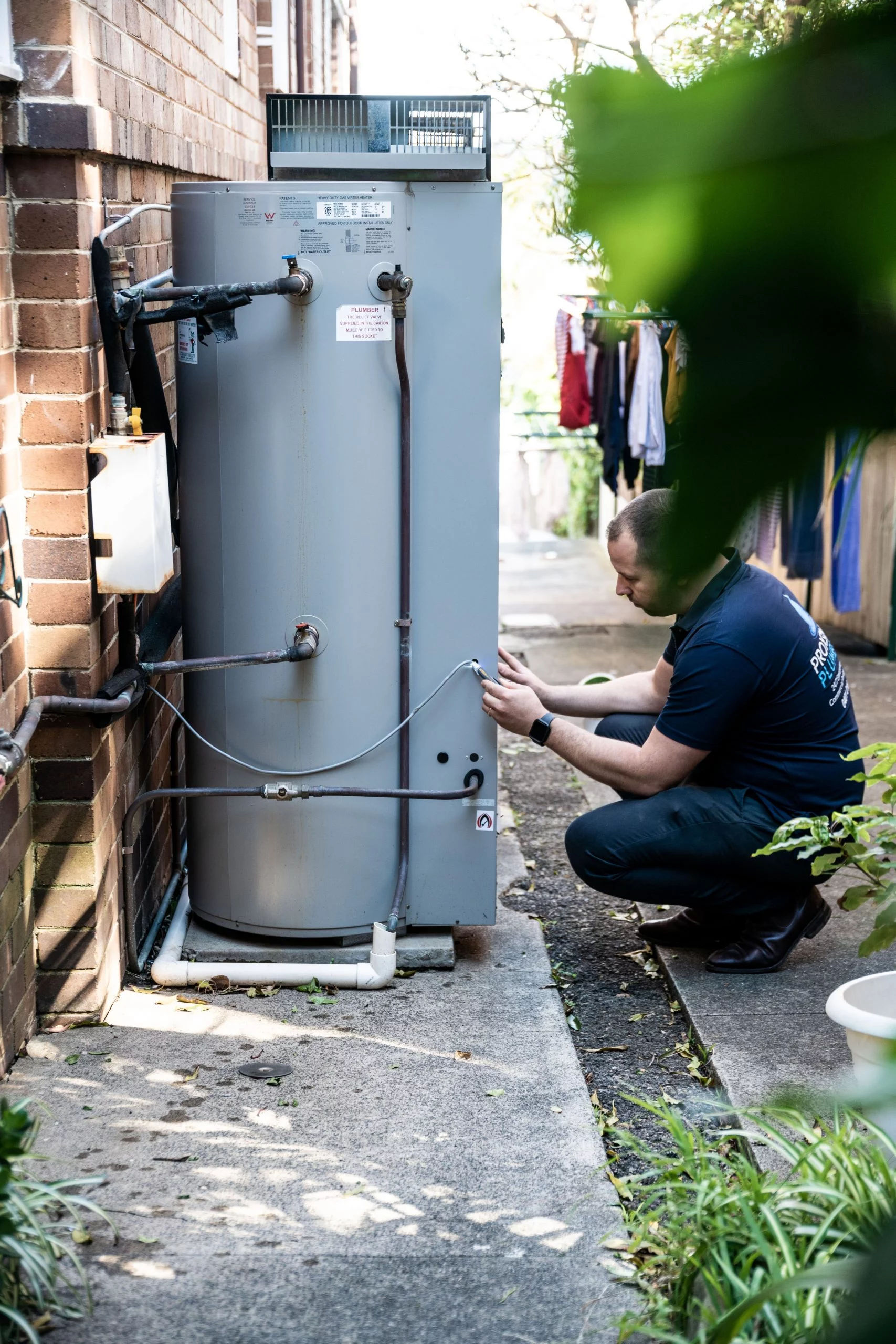Effective Techniques for Caring for Your Home's Hot Water SystemEasy Ways to Maintain Your Home's Hot Water System Properly
Effective Techniques for Caring for Your Home's Hot Water SystemEasy Ways to Maintain Your Home's Hot Water System Properly
Blog Article
The author is making a few great pointers on the subject of Water Heater Maintenance Tips You Can't Afford to Forget in general in this great article down below.

Warm water is necessary for everyday convenience, whether it's for a rejuvenating shower or washing meals. To guarantee your hot water system runs effectively and lasts much longer, regular maintenance is vital. This article gives useful ideas and insights on just how to maintain your home's warm water system to avoid disturbances and costly fixings.
Intro
Maintaining your home's hot water system could appear daunting, but with a few basic actions, you can guarantee it operates efficiently for several years to come. This guide covers every little thing from recognizing your warm water system to DIY maintenance ideas and understanding when to call expert aid.
Importance of Preserving Your Warm Water System
Normal upkeep not just expands the lifespan of your hot water system but also ensures it runs successfully. Disregarding upkeep can cause lowered performance, higher energy bills, and even premature failing of the system.
Indicators Your Warm Water System Demands Maintenance
Knowing when your hot water system needs attention can prevent major issues. Look out for signs such as inconsistent water temperature, strange noises from the heater, or rusty water.
Recognizing Your Hot Water System
Prior to diving right into upkeep jobs, it's practical to comprehend the fundamental elements of your warm water system. Normally, this includes the water heater itself, pipes, anode rods, and temperature controls.
Monthly Upkeep Tasks
Routine regular monthly checks can help catch small concerns prior to they intensify.
Flushing the Water Heater
Flushing your water heater gets rid of debris build-up, enhancing effectiveness and extending its life.
Checking and Replacing Anode Rods
Anode poles protect against rust inside the tank. Inspecting and replacing them when worn out is critical.
Checking and Changing Temperature Setups
Readjusting the temperature setups makes certain ideal performance and safety.
Do It Yourself Tips for Upkeep
You can perform a number of maintenance jobs yourself to keep your hot water system in leading condition.
Checking for Leakages
On a regular basis inspect pipelines and links for leaks, as these can bring about water damages and higher costs.
Checking Pressure Relief Valves
Testing the stress relief valve guarantees it functions appropriately and stops excessive stress accumulation.
Insulating Pipelines
Protecting warm water pipes lowers heat loss and can conserve energy.
When to Call a Specialist
While DIY upkeep is useful, some issues need professional experience.
Complex Concerns Needing Specialist Assistance
Instances include significant leaks, electric problems, or if your hot water heater is regularly underperforming.
Regular Professional Upkeep Conveniences
Expert upkeep can include detailed evaluations, tune-ups, and making certain compliance with safety and security standards.
Final thought
Regular maintenance of your home's warm water system is vital for performance, long life, and expense financial savings. By adhering to these suggestions and recognizing when to seek expert aid, you can guarantee a reputable supply of warm water without unanticipated disruptions.
How to Maintain an Instant Hot Water Heater
Before tinkering with your hot water heater, make sure that it’s not powered on. You also have to turn off the main circuit breaker and shut off the main gas line to prevent accidents. Also turn off the water valves connected to your unit to prevent water from flowing into and out of the appliance. 2. When you’re done, you have to detach the purge valves’ caps. These look like the letter “T” and are situated on either side of the water valves. Doing so will release any pressure that has accumulated inside the valves while at the same time avoid hot water from shooting out and burning your skin. 3. When the purge valves’ caps are removed, you have to connect your hosing lines to the valves. Your unit should have come with three hoses but if it didn’t, you can purchase these things from any hardware or home repair shops. You can also get them from retail stores that sell water heating systems. Read the user’s manual and follow it to complete this task properly. When the hosing lines are connected, open the purge port’s valves. 4. You should never use harsh chemical cleaners or solutions when cleaning your unit. Make use of white vinegar instead. It should be undiluted and you’ll probably use about 2 gallons. 5. Now flush your water heater. This task should probably take about 40 minutes. We can’t give you specific directions for this because the procedure is carried out depending on the type, model and brand of your heater. With that being said, refer to the user’s manual. 6. When you’re done draining the unit, you have to turn off the purge port valves again. Remove the hosing lines that you earlier installed on each of the water valves. Put the valve caps (purge port) back in their respective places and be very careful so as not to damage the rubber discs that are found inside these caps. 7. Now that everything’s back in place, check your user’s manual again to find out how to reactivate your water heating system. 8. Once it is working, turn one of your hot water faucets on just to let air pass through the heater’s water supply pipes. Leave the tap on until water flows smoothly out of it. https://www.orrplumbing.com/blog/2014/september/how-to-maintain-an-instant-hot-water-heater/

We had been guided to that article on What Kind of Maintenance Do Water Heaters Need? through an acquaintance on a different website. Appreciated our piece of writing? Please quickly share it. Help other people locate it. Thanks a bunch for your time. Kindly visit our blog back soon.
See Availability Report this page